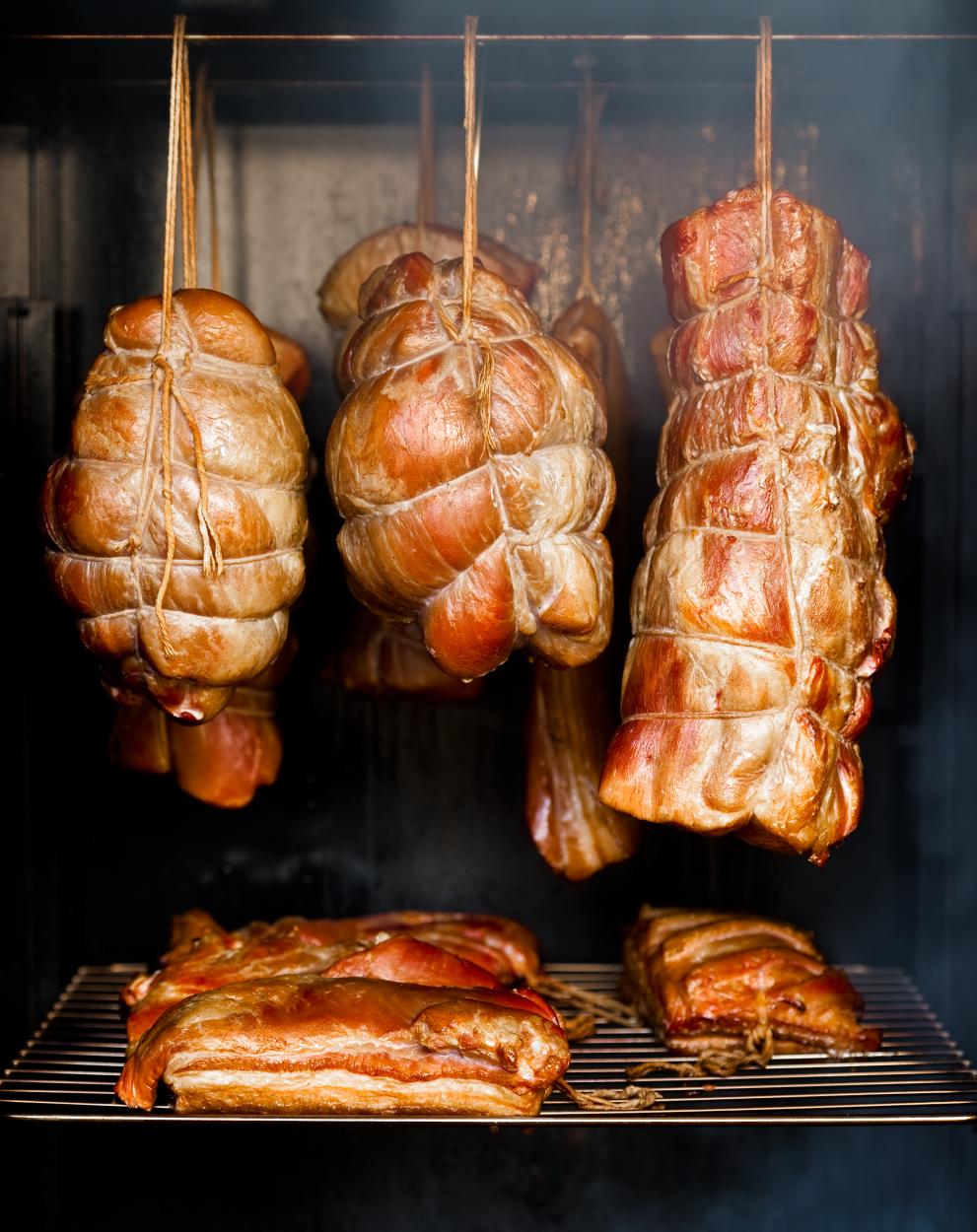
JRC scientists developed a rapid analytical method for the identification and quantification of more than 100 liquid smoke components. The work is relevant for the implementation of European legislation related to smoke flavouring used for food products.
About 10 thousand tons of liquid smoke flavourings are used annually in the EU. The chemical composition is complex. The type of wood and other factors used for production of smoke determines the quality of the product.
In the EU, smoke flavourings are regulated separately from other flavourings by Regulation (EC) No 2065/2003. This Regulation sets maximum levels for certain chemicals (e.g. polycyclic aromatic hydrocarbons), defines smoke flavourings and specifies an authorisation process for smoke flavouring primary products. Regulation (EC) 1321/2013 lists products authorised for use on the EU marked.
For compliance testing of the permitted maximum levels of liquid smoke flavourings added to food it is important to have fit-for-the-purpose analytical methods to be used by official food control authorities.
Therefore, the European Commission's Joint Research Centre (JRC) developed an analytical method based on solid-phase micro extraction (SPME) coupled to gas chromatography with mass spectrometric detection (GC/MS). The new method was applied to six commercial varieties of liquid smoke flavourings and was found not only to be suitable for analysis of chemical compounds at low levels in smoke flavourings, but also to be rapid, simple and solvent free with a good precision. The method is useful for quality control of liquid smoke products.
Read more in: Anupam Giri et al.: “Experimental design-based isotope dilution SPME-GC/MS method development for the analysis of smoke flavouring products”, Food Add. Contam. Part A34 (2017) 2069-2084. doi.org: 10.1080/19440049.2017.1374564
Related Content
Details
- Publication date
- 4 April 2018
